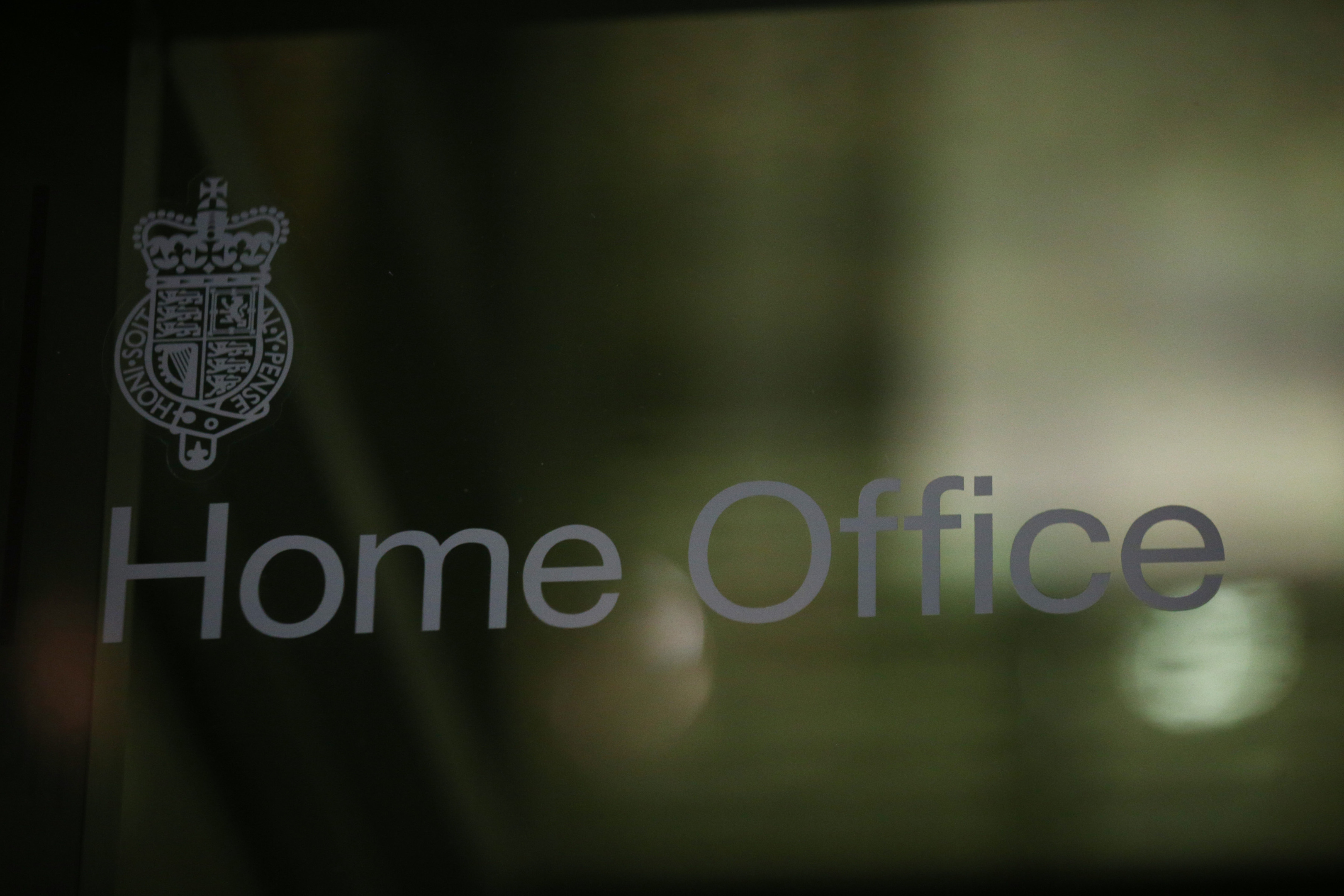
THE Home Office is in the dark over whether its crackdown on modern slavery is working, a Commons report has claimed.
MPs said the Government does not yet have the data or systems to understand the crime despite the introduction of an “ambitious” strategy four years ago.
The Commons Public Accounts Committee also highlighted “extreme” variations in the number of potential victims flagged up for support by police, and the small proportion of recorded crimes that lead to prosecutions.
Modern slavery encompasses a broad range of offending including exploitation, forced labour, domestic servitude and human trafficking.
An official estimate previously indicated there are up to 13,000 potential victims in the UK, but experts have said the number is now significantly higher.
The committee’s report said: “The Home Office introduced an ambitious Modern Slavery Strategy in 2014, but it has taken too long to learn what works in the system, to understand the complexities of the crime and to turn the strategy and the Modern Slavery Act into an effective and co-ordinated approach across government.
“Government does not yet have the data or systems to understand the crime, the demographics and circumstances of the victims and the perpetrators.
“Nor does it know how much money it spends tackling modern slavery or what success looks like, meaning it cannot establish whether its strategy is working or how it should prioritise its actions.”
A key plank of efforts to tackle slavery and trafficking is the National Referral Mechanism, a framework for identifying victims from possible cases reported by first response agencies.
The committee noted that three police forces with the highest number of adult referrals of potential victims had made more than 900 referrals since the NRM began in 2009, while six forces have made fewer than 10 referrals each in the same period.
The report said: “The extreme variation between police forces’ referral rates suggests that some forces are not treating modern slavery as seriously as others.”
While conviction rates have been comparable with other crimes once charges are brought, the assessment cited figures showing that, in the year to March 2017, only 6% of recorded modern slavery crimes led to summonses or charges.
MPs also raised concerns that victims are waiting “far too long” to receive NRM decisions, saying delays cause further distress and anxiety to vulnerable people.
In another finding, the committee concluded that a “hands-off” approach to businesses’ compliance with rules on transparency in supply chains is not working.
Committee chairwoman Meg Hillier said: “Victims of modern slavery can face unimaginable horrors but the Government’s good intentions have yet to result in coherent action to help them. This crime is complex and a piecemeal approach will not cut it.”

Enjoy the convenience of having The Sunday Post delivered as a digital ePaper straight to your smartphone, tablet or computer.
Subscribe for only £5.49 a month and enjoy all the benefits of the printed paper as a digital replica.
Subscribe